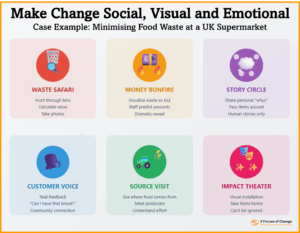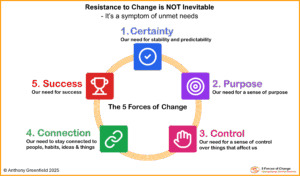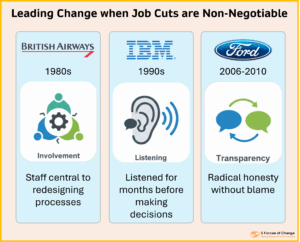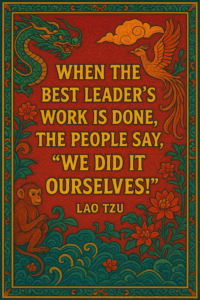My local refuse collector complained to me today about waste. Not the waste in the bins but the wasted time generated by the new app he has to use. Instead of streamlining the old paper-based system for recording and paying overtime the app is causing chaos and confusion whilst generating a huge amount of unnecessary effort. How Efficiency Savings Backfire
It’s a familiar story – too much focus on slick new processes rather than optimising outcomes. So, what’s going on and how do we avoid the pitfalls?
Key Reasons Why Efficiency Initiatives Backfire
- Ignoring How Work Actually Gets Done: New “efficient” systems are often designed in a vacuum, ignoring the essential informal networks and workarounds employees use to handle real-world complexities. By breaking these effective shortcuts, rigid processes force people to spend more time navigating bureaucracy than doing their jobs.
- The Burden of Complexity: Many efficiency drives introduce burdensome tools and administrative tasks. A simple job can become buried under layers of reporting, data entry, and multi-step approvals. This “process compliance” shifts effort away from value-creating work and onto performative box-ticking.
- Focusing on Flawed Metrics: When organisations chase a narrow metric—like reducing call times—employees will optimise for that number at all costs. This often leads to rushing, poor-quality work, and unresolved issues that create more work later, such as repeat calls from unhappy customers.
- The Human Factor: Top-down changes imposed without consultation breed distrust and resistance. Demotivated employees will passively or actively fight the new system, leading to low productivity, workarounds, and high staff turnover—all of which are incredibly inefficient.
- The “Shiny Tool” Syndrome: An all-in-one software platform is introduced to streamline everything. But it’s overly complex and designed for a different type of business. Countless hours are lost to implementation, buggy software, and extensive training.
How to Avoid these Traps
- Observe and Understand First: Before changing a process, deeply understand how the work is actually done. Involve the people who do the work in designing the solution.
- Focus on Outcomes, Not Just Processes: Ask “What is the most valuable outcome we need?” NOT “How can we control this process more tightly?”.
- Start Small and Iterate: Pilot the new process with a small, willing team. Learn from their feedback and adapt before a company-wide rollout.
- Process First, Tools Second: Fix the process and then provide the right enabling tech, not the other way round.








